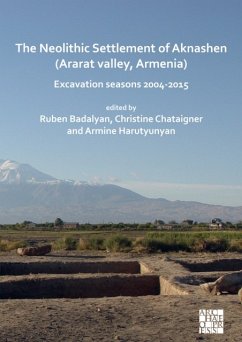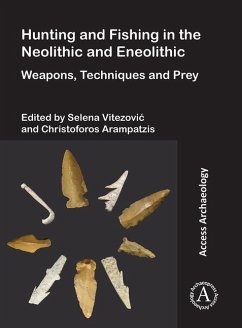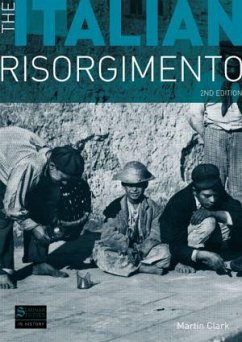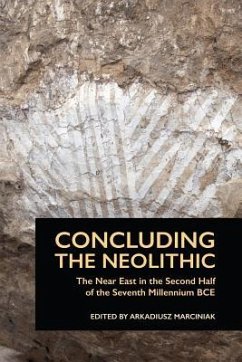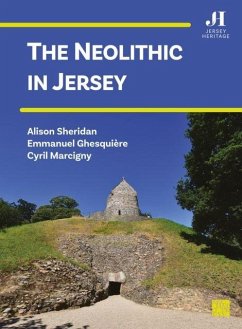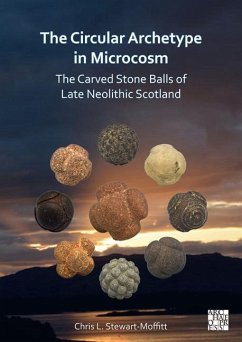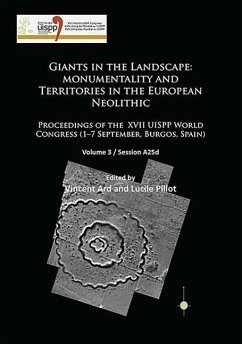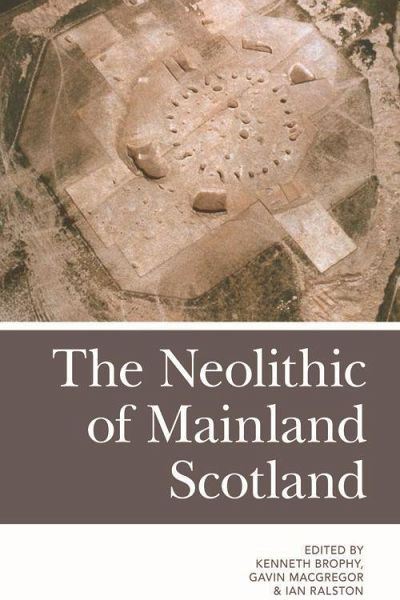
Broschiertes Buch
The Neolithic of Mainland Scotland
Versandkostenfrei!
Versandfertig in 2-4 Wochen

PAYBACK Punkte
17 °P sammeln!




Archaeologists show us how the Neolithic human lived in mainland Scotland, with new research, first publication of key datasets and radical reinterpretation of both burial practices and ceramics across 3rd millennium BC mainland Scotland.
Kenneth Brophy is Senior Lecturer in Archaeology at the University of Glasgow. His specialisms are the British Neolithic and early Bronze Age, and over the past two decades he has excavated a range of prehistoric monuments and cropmark sites across Scotland including ceremonial enclosures, timber halls and stone rows. He is the author of Reading between the lines: the Neolithic cursus monuments of Scotland (2015). Gavin MacGregor is Honorary Research Fellow at the Univeristy of Glasgow. He has worked in Scottish archaeology in both research and consultancy contexts and is currently a Director at Northlight Heritage where he is responsible for a range of applied heritage projects and programmes. Ian Ralston is Abercromby Emeritus Professor of Archaeology at the University of Edinburgh, is presently President of the Society of Antiquaries of Scotland. He has excavated hillforts in France at Mont Beuvray in Burgundy and Levroux and Bourges in Berry. The writer of some 150 published papers, he is the author or editor of more than 20 books. Ian has also extensively researched Scottish archaeological topics including both pre- and post-Roman hillforts.
Produktdetails
- Verlag: Edinburgh University Press
- Seitenzahl: 352
- Erscheinungstermin: 22. März 2016
- Englisch
- Abmessung: 230mm x 150mm x 18mm
- Gewicht: 536g
- ISBN-13: 9780748685738
- ISBN-10: 0748685731
- Artikelnr.: 42952659
Herstellerkennzeichnung
Libri GmbH
Europaallee 1
36244 Bad Hersfeld
gpsr@libri.de
Für dieses Produkt wurde noch keine Bewertung abgegeben. Wir würden uns sehr freuen, wenn du die erste Bewertung schreibst!
Eine Bewertung schreiben
Eine Bewertung schreiben
Andere Kunden interessierten sich für


